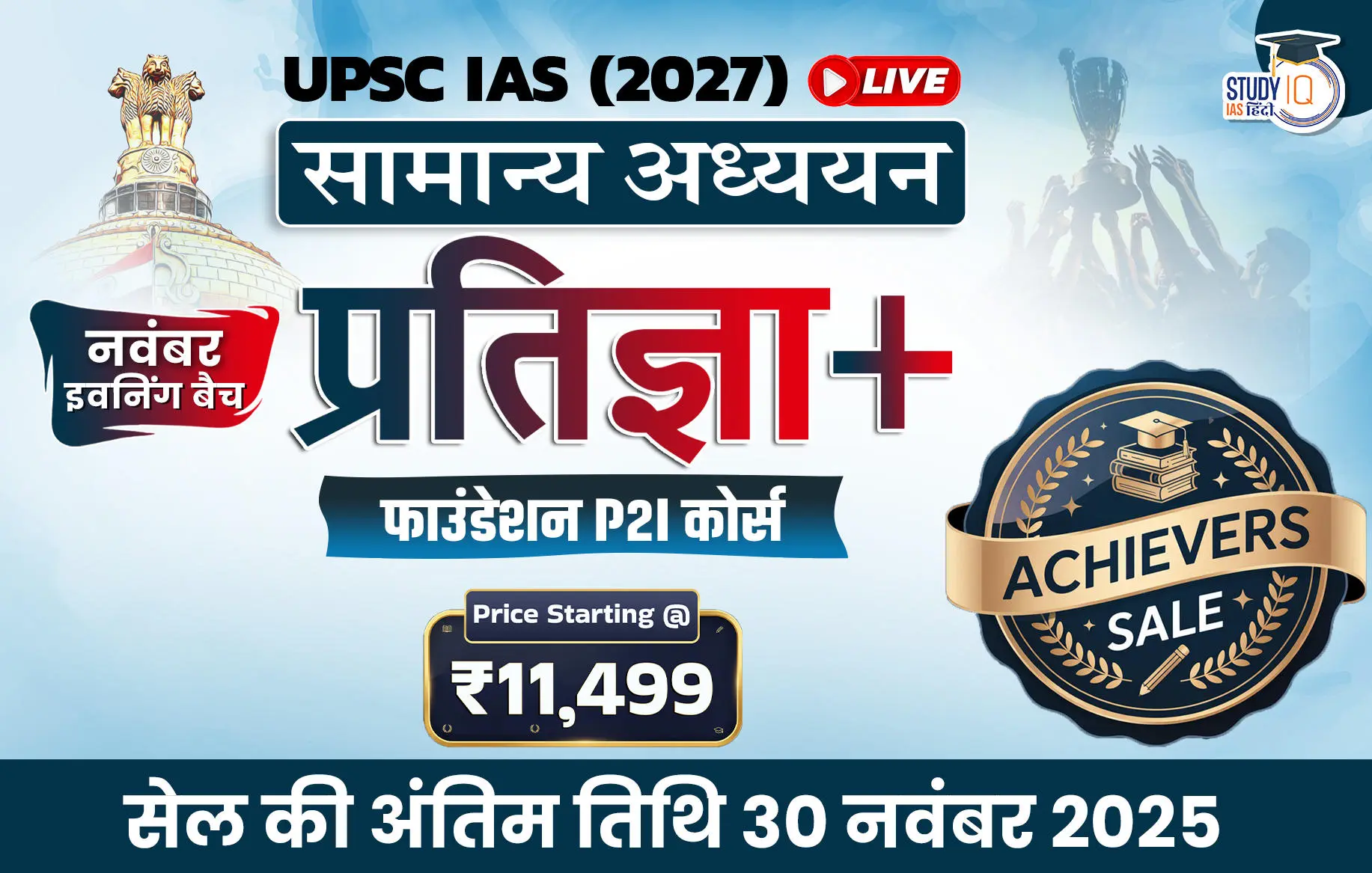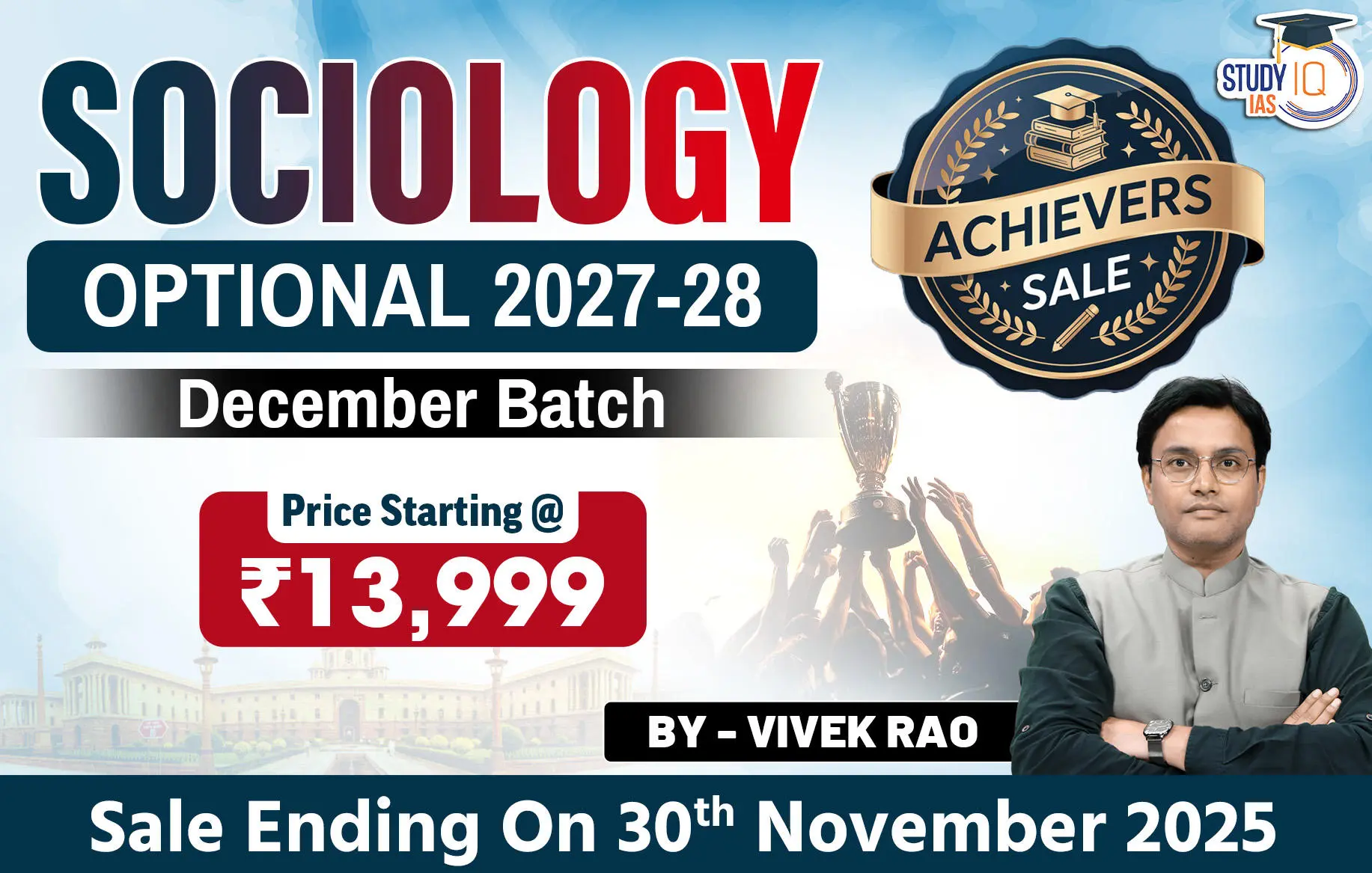Q.12: Trace India’s consolidation process during the early phase of independence in terms of polity, economy, education and international relations. (15 Marks, 250 words)
| Approach |
| Introduction:
Introduce by giving the quote and highlighting some challenges at the time of independence. Body: Structured the body in four dimensions: polity (integration of princely states, Constitution, universal suffrage, institutions, secularism, amendments), economy (Five-Year Plans, land reforms, public sector expansion), education (universal education, IITs, UGC, cultural policies), and international relations (Non-Alignment, Panchsheel, Bandung, strategic challenges). Conclusion: Conclude by giving Nehru’s quote on democracy, highlights how India consolidated itself as a sovereign, plural, and democratic republic. |
“At the stroke of the midnight hour, when the world sleeps, India will awake to life and freedom,” proclaimed Jawaharlal Nehru in August 1947. Yet, this freedom came with unprecedented challenges—Partition’s bloodshed, refugee influx, the task of integrating over 560 princely states, widespread poverty, and a fragile economy.
Consolidation process during the early phase of independence
Polity
From fragmentation to unity
- Integration of Princely States: Sardar Patel and V.P. Menon’s diplomacy combined persuasion, pressure, and pragmatic use of force (e.g., Hyderabad and Junagarh), welding over 560 princely states into the Union.
- Constitutionalism: The Constituent Assembly, chaired by Dr. Rajendra Prasad and drafted under B.R. Ambedkar, gave India a comprehensive Constitution. It embedded parliamentary democracy, federalism, secularism, fundamental rights, directive principles, and an independent judiciary.
- Institutional Foundations: Independent Election Commission, Planning Commission (1950), and linguistic reorganization of states (1956) further deepened legitimacy and popular participation.
- Reorganization of States (1956): Following the death of Potti Sriramulu and subsequent agitations, States Reorganization Act (1956) reorganized boundaries on linguistic lines. Though risky, it helped accommodate regional aspirations within the federal framework, strengthening unity.
- Judicial consolidation: Establishment of Supreme Court (1950) as guardian of the Constitution, and its early judgments (e.g., Kesavananda Bharati case came later but early land reform cases like Champakam Dorairajan, 1951) tested the balance between reform and constitutional guarantees, consolidating judicial authority.
- Secular framework: Despite communal tensions post-Partition, India rejected theocracy. Nehru’s firm stand on secularism, abolition of separate electorates, and constitutional guarantees for minorities consolidated unity in a multi-religious society.
- Universal Adult Franchise & Right to Vote: Unlike most new democracies that restricted suffrage, India granted the right to vote to every adult citizen, irrespective of caste, creed, gender, or property. E.g.: The first general elections of 1951–52 saw 173 million voters, making India the world’s largest democracy from the outset.
- Constitutional Amendments as tools of consolidation: First Amendment (1951) placed reasonable restrictions on free speech (Art. 19), curtailed property rights to enable land reforms, and created the Ninth Schedule to shield agrarian legislation from judicial review.
- National symbols and identity-building: Adoption of the national flag (1947), national anthem, and Ashoka Chakra emblem created shared civic symbols for collective belonging.
Economy
From colonial drain to planned growth
- Colonial legacy: India inherited poverty, low industrial base, food insecurity, and skewed agrarian relations.
- Planning and mixed economy: Adoption of Five-Year Plans (beginning 1951) reflected a commitment to state-led industrialization while preserving private enterprise. The Second Five-Year Plan (Mahalanobis model, 1956) emphasized heavy industries and self-reliance.
- Agriculture: Community Development Programmes (1952) and land reforms sought rural transformation, though success was uneven.
- Public sector expansion: Creation of steel plants, dams (“temples of modern India”), and institutions like the Reserve Bank’s growing role symbolized economic sovereignty.
- Establishment of PSUs: Bhilai, Rourkela, and Durgapur steel plants, Hindustan Machine Tools (HMT), HAL, and ONGC (1956).
- LIC (1956) nationalization brought financial resources under state control.
Education
Laying foundations for modernity
- Universalism in education: Under Maulana Azad’s stewardship as Education Minister, emphasis was laid on universal primary education, women’s education, and adult literacy.
- Higher learning & science: Establishment of IITs (from 1951), UGC (1953), and AIIMS (1956) reflected a vision of combining modern science with nation-building.
- Promotion of research: Creation of CSIR (Council of Scientific and Industrial Research) labs, National Physical Laboratory (1950), and Indian Agricultural Research Institute expansions reflected India’s resolve to foster indigenous research.
- Cultural policy: Promotion of Hindi as link language (with safeguards for linguistic pluralism) and institutions like Sahitya Akademi (1954) consolidated cultural confidence.
- International collaboration: UNESCO collaborations, scholarships, and foreign faculty exchanges reflected India’s openness to global knowledge systems.
International Relations
Carving an Independent Voice
- Non-Alignment: Nehru steered India away from Cold War blocs, becoming a founding leader of NAM, asserting sovereignty in foreign policy.
- Asian leadership: Bandung Conference (1955) and Panchsheel Agreement with China (1954) embodied India’s role as mediator of peace and decolonization.
- Strategic challenges: The Kashmir conflict internationalized at the UN, while the 1962 Sino-Indian War later exposed vulnerabilities. Yet, India’s moral stature as a champion of peace, anti-colonial struggles, and disarmament was globally acknowledged.
- Role in decolonization: India championed independence struggles in Indonesia, Vietnam, and Africa. It was among the first to raise the apartheid issue in South Africa at the United Nations, projecting itself as a leader of anti-colonial and racial justice movements.
- Moral stature: By consistently aligning with peace, anti-colonialism, and racial equality, India acquired significant soft power.
“Democracy is not a machine that runs by itself; it must be made to run by men and women of vision, courage and faith.” – Jawaharlal Nehru. The early years of independence were precisely such a test of vision and courage. India, unlike many post-colonial states, did not lapse into dictatorship or fragmentation but instead consolidated itself through democratic institutions, planned economic development, educational expansion, and an independent foreign policy.

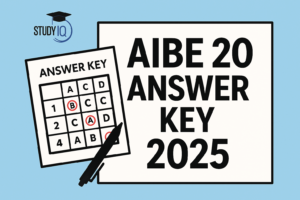 AIBE 20 Answer Key 2025 (Unofficial): Do...
AIBE 20 Answer Key 2025 (Unofficial): Do...
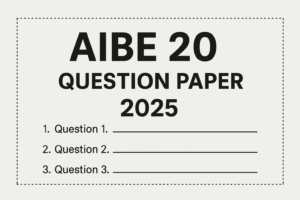 AIBE 20 Question Paper 2025 Out: Downloa...
AIBE 20 Question Paper 2025 Out: Downloa...
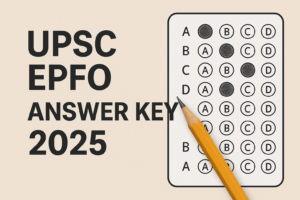 UPSC EPFO Answer Key 2025 Out (Unofficia...
UPSC EPFO Answer Key 2025 Out (Unofficia...


